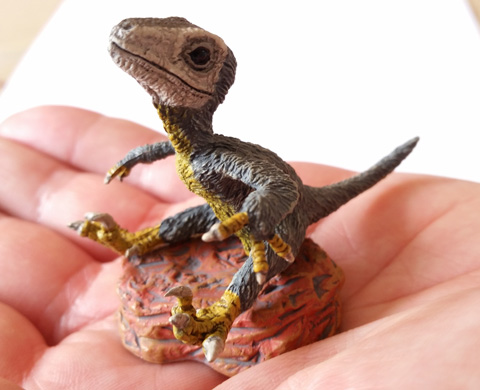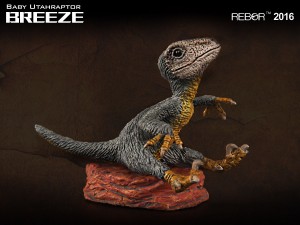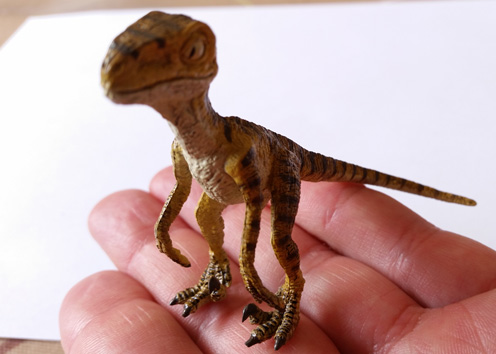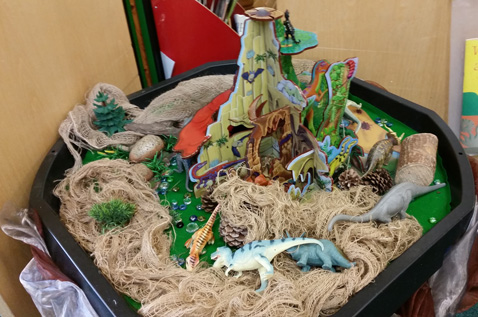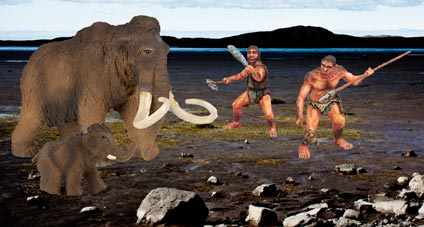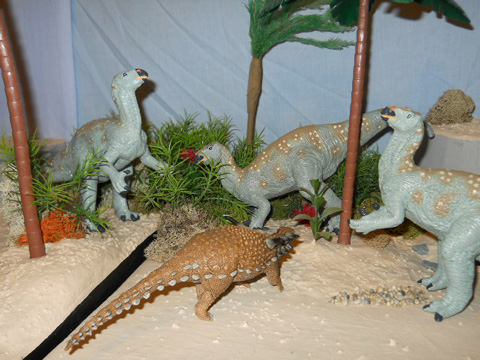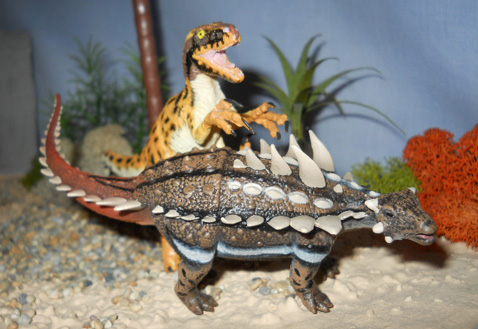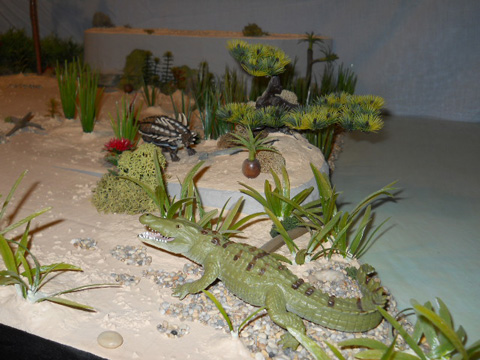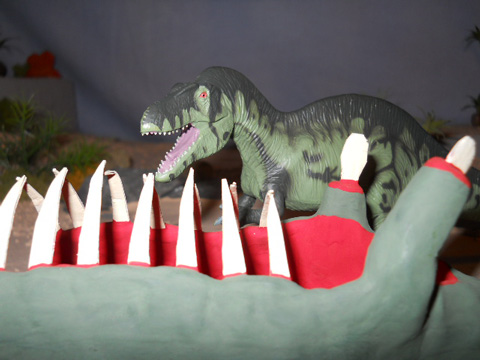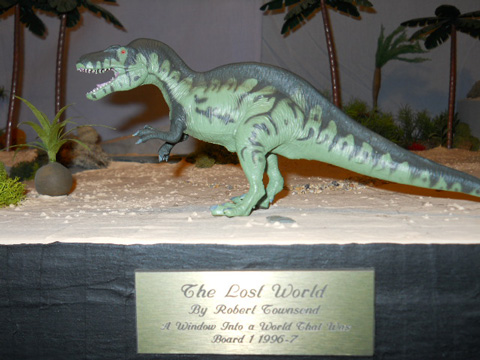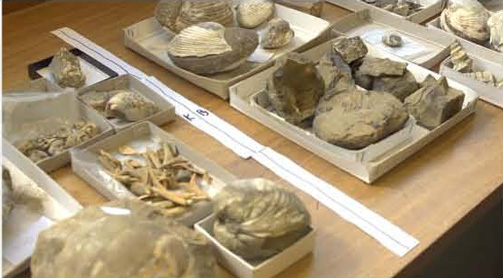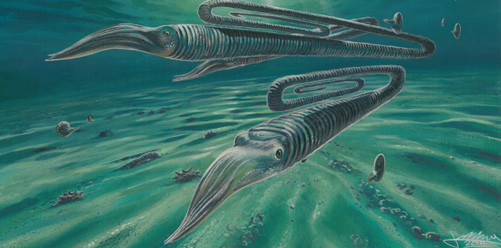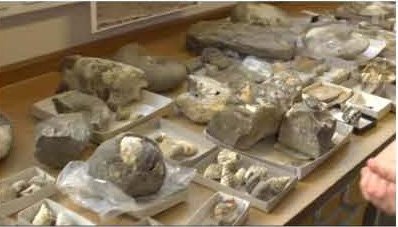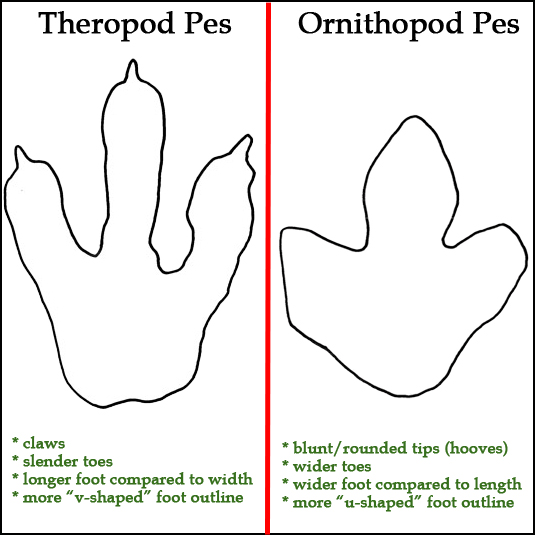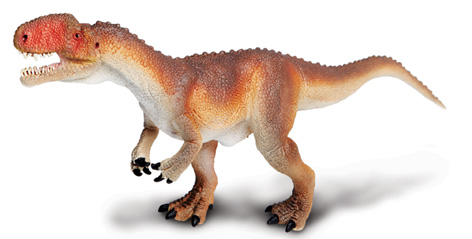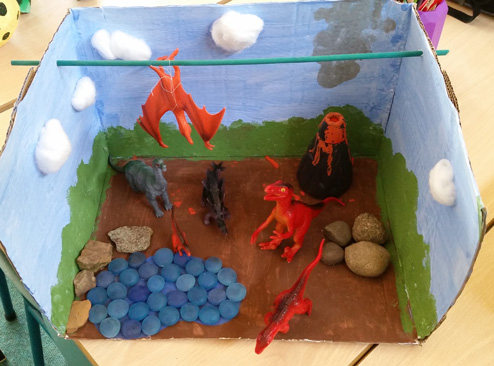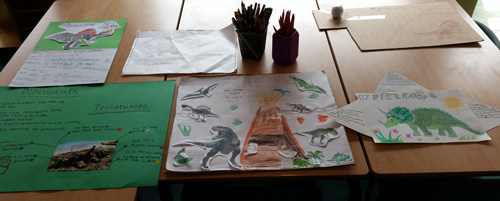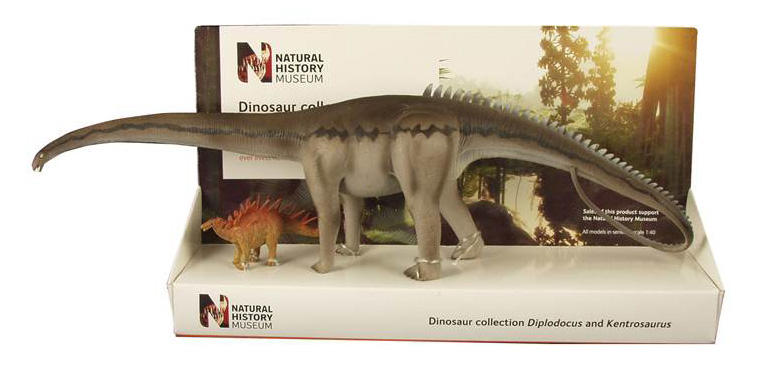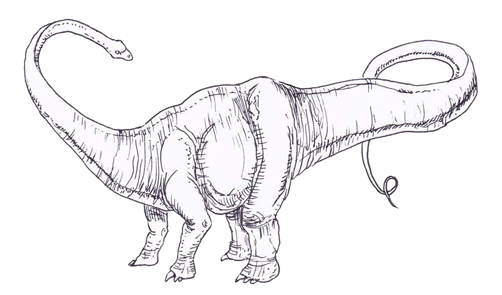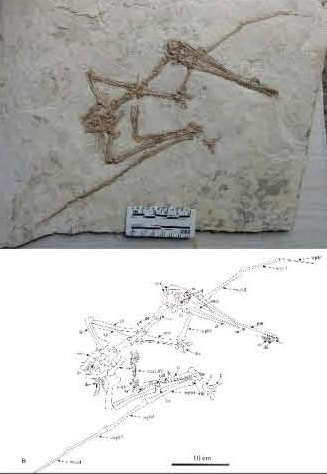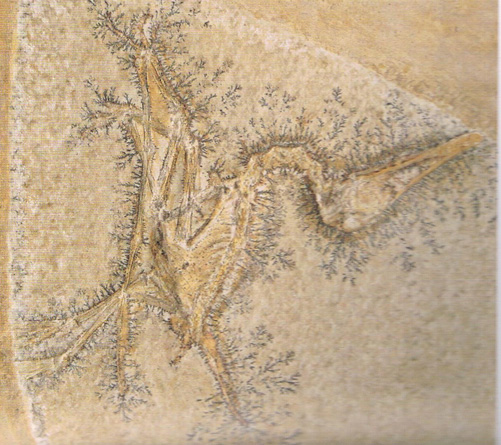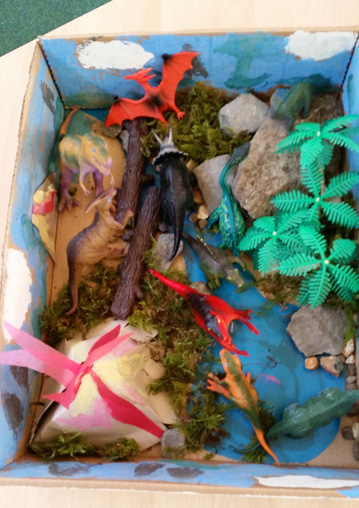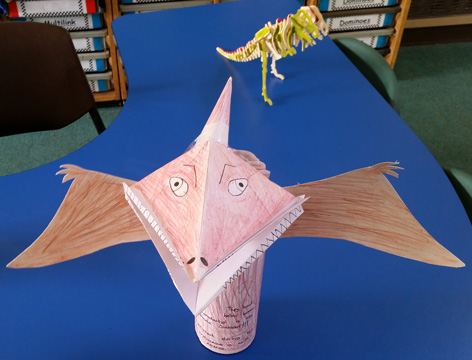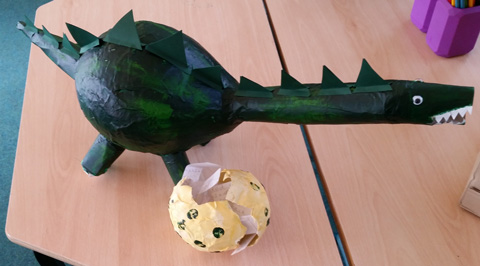Wahlisaurus massarae – A New Species of Early Jurassic Ichthyosaur
Manchester based palaeontologist Dean Lomax, has identified a new species of extinct marine reptile from a near complete fossil specimen discovered in an old Nottinghamshire quarry (East Midlands). The fossil had been found many years ago and acquired by Leicester’s New Walk Museum back in 1951. It is an ichthyosaur fossil.
However, the unusual deposition of the specimen, the carcase seems to have “nosedived” into the seabed prior to permineralisation, had prevented a new species of English marine reptile surfacing until now.
An Illustration of the Newest Member of the Ichthyosauria – Wahlisaurus massarae
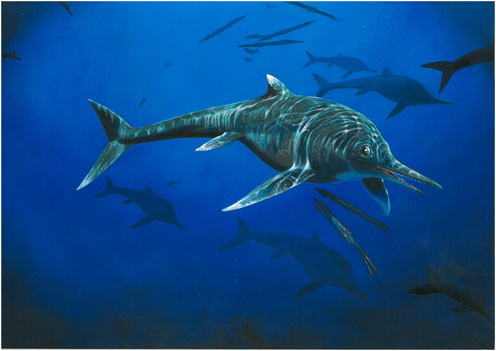
New species of Early Jurassic Ichthyosaur announced.
Picture credit: James McKay
Rare Early Jurassic Ichthyosaur Fossil Find
Award winning palaeontologist Dean Lomax, an Honorary Scientist at the University of Manchester, took the opportunity to examine the specimen whilst visiting the New Walk Museum, he noticed a number of anomalies such as the morphology (shape) of some of the fossil bones. The location of the fossil find (Nottinghamshire) and the age of the strata from which the fossils were collected, led him to suspect that this specimen might represent a new species of marine reptile.
Dean commented:
“When I first saw this specimen, I knew it was unusual. It displays features in the bones – especially in the coracoid (part of the pectoral girdle) – that I had not seen before in Jurassic Ichthyosaurs anywhere in the world. The specimen had never been published, so this rather unusual individual had been awaiting detailed examination.”
Visit the website of Dr Dean Lomax: British Palaeontologist Dr Dean Lomax.
The Nottinghamshire Ichthyosaur Fossil
The Nottinghamshire ichthyosaur fossil consists of skull elements, pectoral bones, limbs, bones from the pelvis, ribs and vertebrae. It dates from the earliest part of the Jurassic, some 200 million years ago, (the Hettangian faunal stage). Only a handful of ichthyosaur species are known from the very Early Jurassic.
Dean’s discovery is significant and it is helping scientists to map the radiation and diversity of the Ichthyosauria during the Early Jurassic. It is also the first time a species of this geological age has been found outside the counties of Somerset and Dorset.
Adding to Our Knowledge or Early Jurassic Marine Reptiles
Publishing in the “Journal of Systematic Palaeontology”, this new species will contribute to our understanding of ichthyosaur species diversity, and their geographical distribution after the End Triassic extinction phase. Recently, Everything Dinosaur published an account of Sclerocormus parviceps, a basal ichthyosauriform from eastern China whose fossils are some fifty million years older than those of Wahlisaurus. Sclerocormus indicates that marine fauna recovered relatively quickly after the devastation of the End Permian mass extinction event.
To read more about the bizarre whip-tailed, “Black Sheep of the ichthyosaur Family”: The “Black Sheep” of the Ichthyosaur Family.
Ichthyosaur Fossils Can be Found at Various Locations in the British Isles
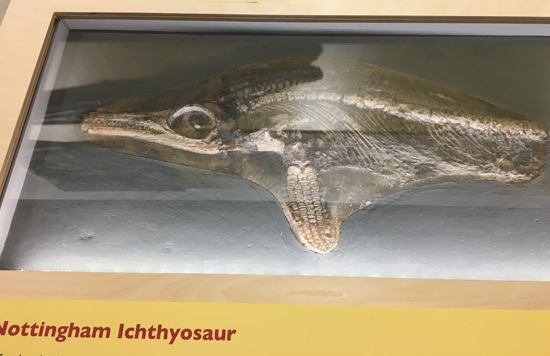
The Nottingham ichthyosaur (P. applebyi). Picture credit: Everything Dinosaur.
Picture credit: Everything Dinosaur
Palaeontologist and curator at the New Walk Museum, Dr Mark Evans stated:
“Parts of the skeleton had previously been on long-term loan to Ichthyosaur specialist and former museum curator D. Robert Appleby, and had only returned to the museum in 2004 after he sadly passed away. He was clearly intrigued by the specimen, and although he worked on it for many years, he had identified it as a previously known species but never published his findings.”
Dean has named the new species Wahlisaurus massarae in honour of two palaeontologists (Professor Judy Massare and Bill Wahl), who have contributed significantly to the study of ichthyosaurs, and who first introduced Dean to studying them. It was Professor Massare who co-authored a scientific paper on a new species of marine reptile from the Lower Jurassic of West Dorset that led to a the naming of an Ichthyosaurus species in honour of the 19th Century fossil hunter Mary Anning.
To read an article about Ichthyosaurus anningae: New Ichthyosaurus Species Honours Mary Anning.
Commenting on how he was inspired over the choice of name for the Nottinghamshire specimen, Dean said:
“Both Judy and Bill have been tremendous mentors for me. They have significantly contributed to palaeontology, especially the study of ichthyosaurs, and I cannot think of a better way to remember them by naming this new ichthyosaur in their honour. Their names will be set in stone forever, pun intended!”
The First British Early Jurassic Ichthyosaur Since Excalibosaurus
W. massarae is the first new genus of ichthyosaur from the British Early Jurassic to be described since Excalibosaurus (E. costini) in 1986. Excalibosaurus is known from two specimens found at a beach locality in Somerset, “Excalibur lizard” is named after the animal’s elongated snout (rostrum), that reminded the researchers of the magical sword associated with Arthurian legend.
A Model of Excalibosaurus (CollectA Excalibosarus Model)
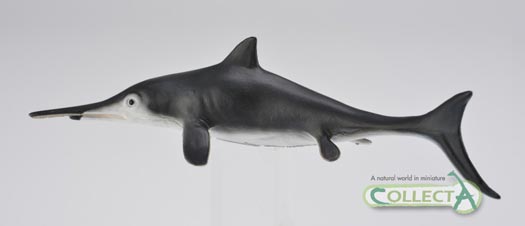
The CollectA Excalibosaurus model.
To view models of ichthyosaurs such as Excalibosaurus (whilst stocks last):
A spokesperson from Everything Dinosaur commented: CollectA Age of Dinosaurs Models.
“Hundreds of thousands of people will visit beaches around the United Kingdom over the next few weeks of summer, but very few will be aware of the rich ichthyosaur fossil heritage that such locations have. The United Kingdom remains one of the world’s most important sites for Early Jurassic ichthyosaur discoveries and as the Nottinghamshire specimen proves, you don’t have to visit the seaside to find marine reptile fossils.”
This article has been compiled with reference to: “A new leptonectid Ichthyosaur from the Lower Jurassic (Hettangian) of Nottinghamshire, England, UK, and the taxonomic usefulness of the Ichthyosaurian coracoid”, by Dean Lomax, Journal of Systematic Palaeontology, 2016, published by Taylor & Francis Group.
Visit Everything Dinosaur’s website: Everything Dinosaur.


